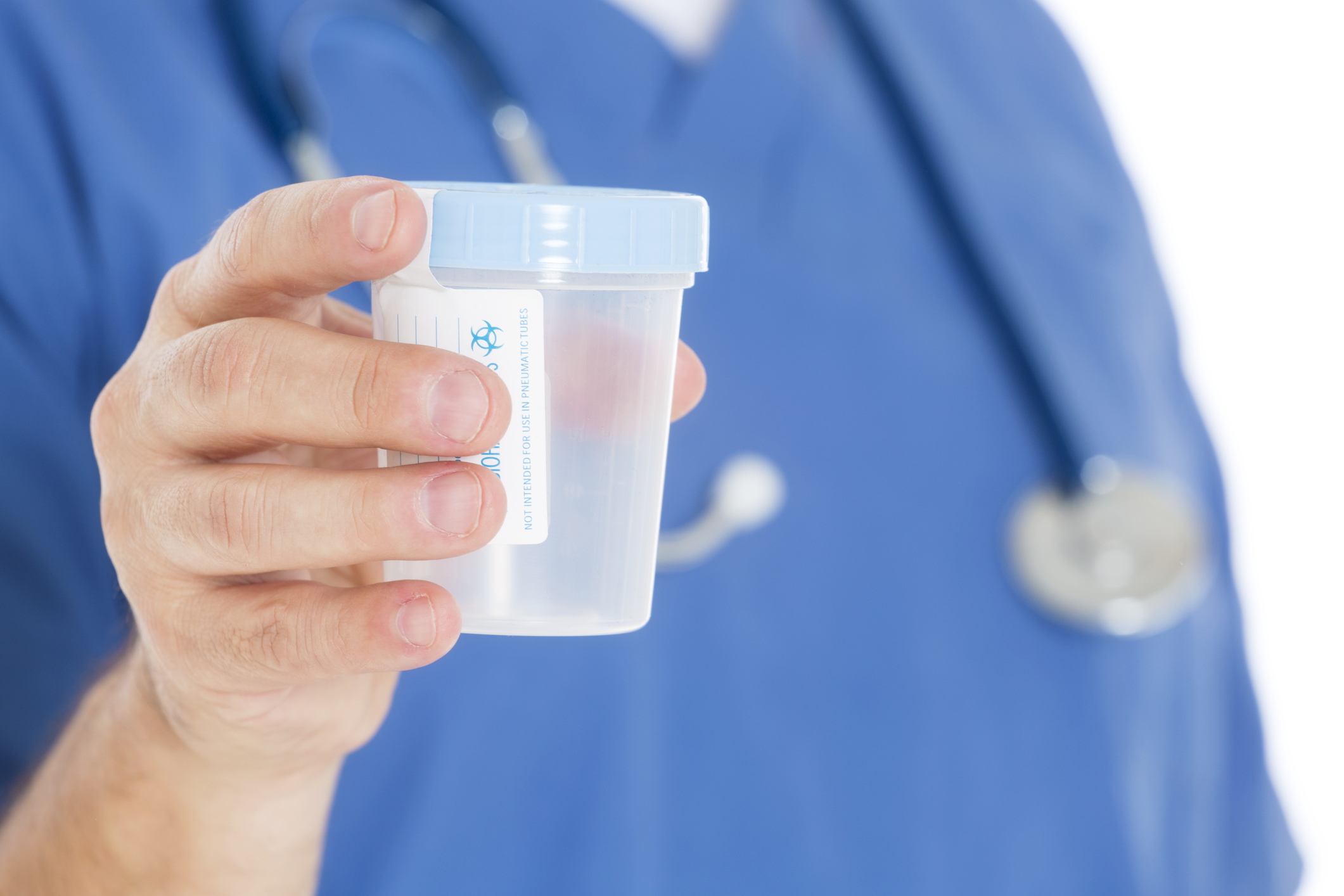The Therapeutic Benefits of Eye Wash Cups for Cleansing and Refreshing Tired Eyes
Introduction
In today’s digital age, where screen time is ubiquitous, our eyes often bear the brunt of prolonged exposure to artificial light and environmental pollutants. To alleviate discomfort and maintain optimal ocular hygiene, many individuals turn to eye wash cups as a simple yet effective solution. In this article, we delve into the therapeutic benefits of eye wash cups for irrigating and revitalizing tired eyes, offering insights into their usage and potential advantages.
Understanding Eye Wash Cups
Eye wash cups, also known as eye baths or eye rinsing cups, are small, cup-shaped devices designed to facilitate gentle irrigation of the eyes with a saline solution or purified water. These cups feature a curved rim that conforms to the contours of the eye socket, allowing users to comfortably and safely rinse their eyes while minimizing the risk of spillage or contamination. Eye wash cups are widely available over-the-counter and are commonly used for various purposes, including soothing eye irritation, removing debris, and promoting ocular hygiene.
Benefits of Eye Wash Cups for Eye Health
Eye wash cups offer several therapeutic benefits for maintaining ocular health and alleviating discomfort associated with tired or irritated eyes. Some of the key advantages include:
- Gentle Cleansing: Eye wash cups provide a gentle and effective method for rinsing the eyes, helping to remove dust, allergens, and other foreign particles that may accumulate on the ocular surface. This cleansing action can soothe irritation and reduce the risk of eye infections or inflammation.
- Hydration and Lubrication: By irrigating the eyes with a saline solution or purified water, eye wash cups help hydrate and lubricate the ocular tissues, providing relief from dryness and discomfort. Regular use of eye wash cups can help maintain optimal moisture balance in the eyes, particularly for individuals prone to dry eye syndrome.
- Relief from Eye Fatigue: Prolonged screen time, extensive reading, or exposure to harsh environmental conditions can lead to eye strain and fatigue. Using an eye wash cup to rinse the eyes with cool water can provide instant refreshment and relaxation, reducing tension and promoting comfort.
- Support for Eye Health: Incorporating eye wash cups into your daily eye care routine can contribute to overall ocular hygiene and wellness. By flushing away impurities and promoting circulation, eye wash cups help keep the eyes clean, refreshed, and less susceptible to irritation or infection.
Usage Tips for Eye Wash Cups
To maximize the benefits of eye wash cups and ensure safe usage, consider the following tips:
- Use a sterile saline solution or distilled water to fill the eye wash cup, avoiding tap water to prevent potential contamination.
- Lean over a sink or basin and tilt your head slightly forward before placing the eye wash cup against your eye.
- Gently press the cup against your eye socket, creating a seal to prevent leakage, and then tilt your head back to allow the solution to flow over your eye.
- Blink several times to distribute the solution evenly across the ocular surface, and then tilt your head forward to remove the cup.
- Repeat the process with the other eye if necessary, and dispose of any remaining solution after each use to maintain hygiene.
Conclusion
Eye wash cups offer a convenient and beneficial solution for cleansing, refreshing, and rejuvenating tired eyes. Whether used as part of a daily eye care routine or as needed to relieve discomfort, these simple devices provide gentle irrigation and hydration, promoting ocular health and well-being. By incorporating eye wash cups into your self-care regimen, you can nurture and revitalize your eyes, ensuring clarity, comfort, and vitality for years to come.
World Eye Care Foundation’s eyecare.live brings you the latest information from various industry sources and experts in eye health and vision care. Please consult with your eye care provider for more general information and specific eye conditions. We do not provide any medical advice, suggestions or recommendations in any health conditions.
Commonly Asked Questions
It’s recommended to use an eye wash cup as needed to relieve discomfort or irritation. Some individuals incorporate it into their daily eye care routine, while others use it on occasion for refreshment.
It’s best to avoid using tap water in an eye wash cup to prevent potential contamination. Instead, use a sterile saline solution or distilled water for safe and effective eye irrigation.
Eye wash cups can be safe for contact lens wearers, but it’s essential to remove your lenses before using the cup and reinsert them only after thoroughly rinsing and disinfecting them.
Eye wash cups can be used by children under adult supervision. It’s important to ensure that the child understands how to use the cup safely and gently.
If eye wash solution accidentally gets into your eye, gently flush the eye with clean water and seek medical attention if irritation persists or worsens.
While it’s possible to make your own saline solution, it’s safest to use commercially prepared saline solution or distilled water to avoid the risk of contamination.
There’s no set time limit for rinsing your eyes with an eye wash cup. Simply rinse until you feel refreshed and any discomfort or irritation has subsided.
Eye wash cups can provide relief from redness and inflammation by gently cleansing the eyes and promoting circulation. However, they may not address underlying causes, so it’s important to consult with an eye care professional for persistent issues.
It’s not necessary to warm the eye wash solution before using it, but some individuals may find that slightly warm water provides additional comfort during irrigation.
When used correctly, eye wash cups are generally safe and well-tolerated. However, if you experience any discomfort, irritation, or adverse reactions, discontinue use and consult with a healthcare professional.
news via inbox
Subscribe here to get latest updates !







